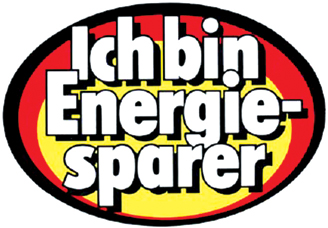CHAPTER 3From Wasting Energy to Saving Energy and Reducing Carbon Dioxide
In modern industrial societies energy is still available at relatively moderate prices and without any restrictions. Whenever we want it, we can consume as much energy as we like. However, the general increase in energy prices in recent years has brought about a new awareness of the value of energy. High energy consumption is making more and more of an impact on our finances. Yet the equation is very simple: saving energy also means saving money. But the concept of saving energy is not totally new.
Until the 1970s it was accepted that real economic growth and increasing prosperity would also require the use of more energy. The concept of saving energy developed when the oil crisis of the 1970s led to an explosion in oil prices and put a brake on growth. Numerous tips, appeals, and stickers in the 1980s were aimed at encouraging citizens to save energy, and the trend towards stopping energy waste was indeed successful at the time. As prices started dropping again in the 1990s, the original goal was largely ignored, and energy was again thoughtlessly wasted (see Figure 3.1).

Figure 3.1 During the 1980s, energy saving was an important topic in Germany, and the “I'm an energy saver” sticker was a familiar sight. Rather ironically, it was particularly popular on gas-guzzling cars.
3.1 Inefficiency
High ...
Get Renewable Energy and Climate Change, 2nd Edition, 2nd Edition now with the O’Reilly learning platform.
O’Reilly members experience books, live events, courses curated by job role, and more from O’Reilly and nearly 200 top publishers.

